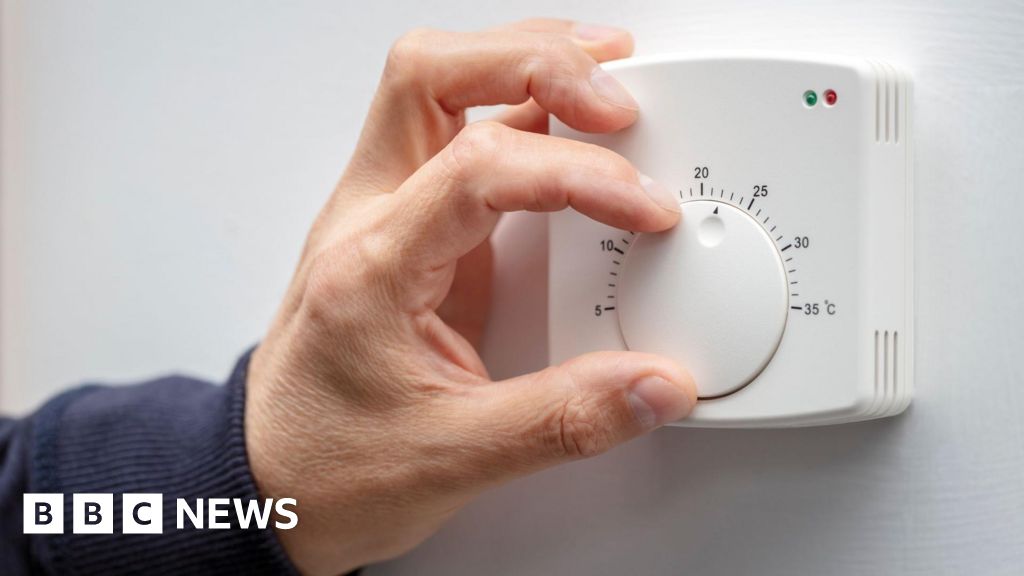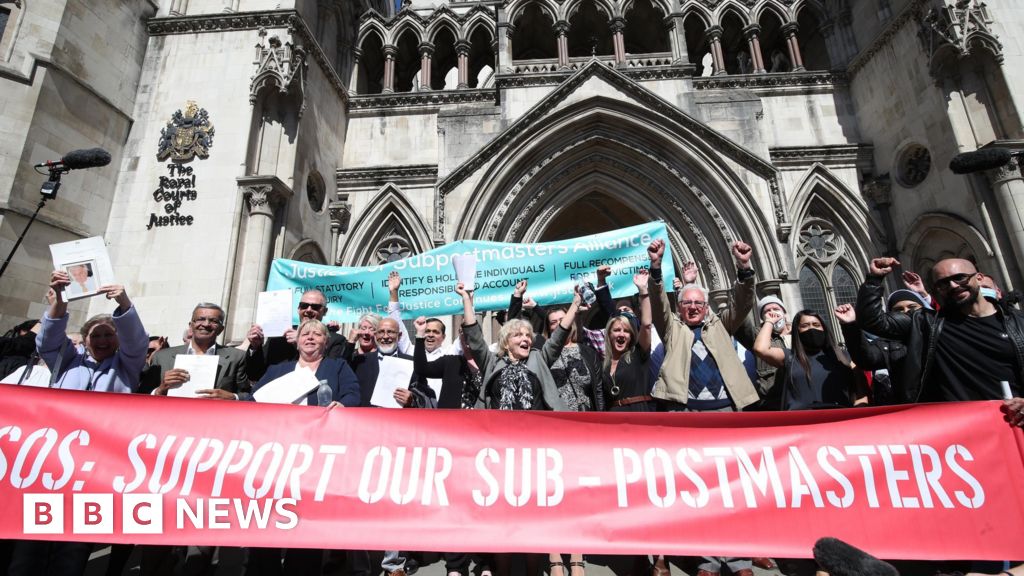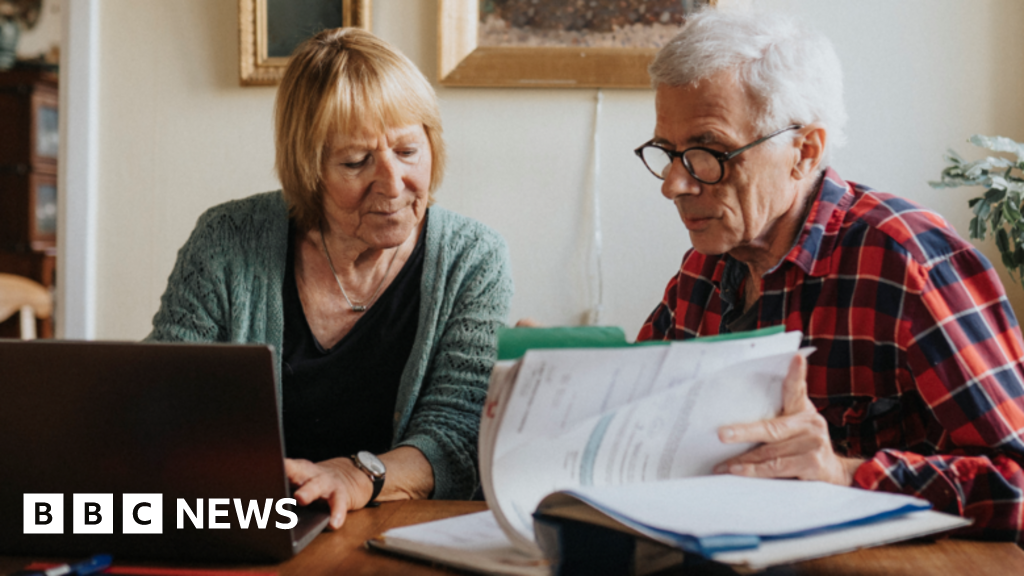ARTICLE AD BOX
By Dharshini David
Business reporter, BBC News
 Image source, Getty Images
Image source, Getty Images
The cost of living is nearly 10% higher than it was a year ago, the official figures say. But you may feel your bills have risen by a lot more.
That's because your own personal inflation rate is driven by factors specific to you: if you're someone who buys a lot of petrol, your weekly outgoings will have gone up a lot more than someone who cycles everywhere, for example.
Here are some ways that your individual experience of price rises may be at odds with what's reported in the news.
It depends what you're buying
Inflation is measured by taking a typical "basket" of goods and services and seeing how much they're going up in price.
The contents of that basket changes each year as habits change. Pet collars, sports bras or canned pulses on your shopping list? The Official for National Statistics (ONS) which is responsible for calculating inflation statistics, says you're on trend for 2022.
Image source, Getty Images
Image caption,Any change in the cost of a cat collar will be reflected in the UK's inflation rate
In the age of hybrid work however, suits are out, and blazers, for the more sporadic trip to the office, are in instead. Individual bakery doughnuts are also out, because people working from home are more likely to plump for multipacks instead apparently. Not everything you buy is reflected in the official inflation numbers; the more niche, the less likely it is to be monitored. And the things you're buying may go up in price by more than what's in the basket, or if you're lucky by less.
It's also a question of how much
It's not just what's in the ONS's basket that's re-evaluated at the start of every year - but how big a part that item plays in our day to day spending. Every item has a "weight" attached, so the changing price of petrol will have a much bigger impact than if the cost of tea goes up - simply because we spend a much bigger proportion of our income on petrol.
Sometimes that means there's a bit of a lag. For example, at present, the ONS assumes that household energy bills make up about 3.5% of spending, which was accurate at the start of 2022. But with energy bills poised to at least double, they're ultimately going to take up 7% or more of a typical household budget. That means the official rate of inflation may not be fully reflecting the impact of rising energy bills until next year.
On the other hand, the stats office has yet to decide how to account for the help being given to households this autumn, which will offset some of the increase. The help won't automatically be reflected in headline inflation numbers but it should help ease the pressure.
Watch: Cost of living: "A lot of people have nowhere to turn"
What type of home you have also matters
Inflation has been driven largely by higher energy costs over the last year - but bills vary widely from household to household.
For the 86% of UK homes that are mainly heated by gas, bills have risen more sharply, than where heating is from oil or electricity.
Fuel efficiency makes a big difference too. Homes are rated on energy performance, from A to G, with A being the most efficient. Average fuel costs for a home in England with a D rating are a fifth higher than for those with an A-C rating. Those with a G rating may pay three times as much; those lofty but draughty period homes come with an invisible extra price tag.
It's the basics that are going up
Between 2014 and 2021, the ONS reckons inflation was pretty much the same for people in all income groups.
But that's changed this year, because the main items that are rising in price are staples: food as well as energy. That has a bigger impact on those with the lowest incomes. At the start of 2022, energy bills typically made up just 2% of the spending of the richest 10% of households' spending. But for the poorest 10% of households energy made up 7% of their budgets. Even if that draughty mansion is expensive to heat, that might not represent as big a problem to the owner as a person on a low income in a small flat.
Image source, Getty Images
Image caption,Older, larger homes will cost more to heat, but the occupants may also be able to better afford the rising bills
The Institute for Fiscal Studies, a thinktank, reckons that the least well off households will consequently face an 18% inflation rate in October, compared to 11% for the richest 20%.
A rising income can cushion the blow
Even if prices are rising for everyone, the pain felt varies. And the only way to maintain living standards is to have more money coming in.
The average pay packet is failing to match the rising cost of living; the gap between the two is the biggest for at least two decades. The private sector - in particular hospitality, where staff shortages have been acute, and financial services - have typically seen bigger pay rises than the public sector. Those relying on the state pension or Universal Credit may see those rates go up by 10% - but they'll have to wait for next spring.
So if you feel your money goes less far than a year ago, chances are, you're far from alone.

 2 years ago
35
2 years ago
35








 English (US) ·
English (US) ·